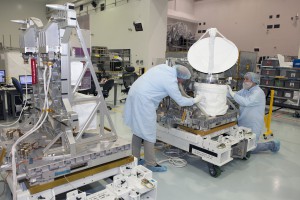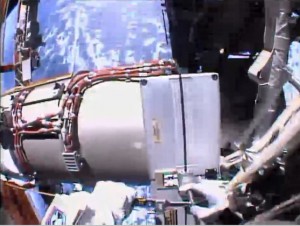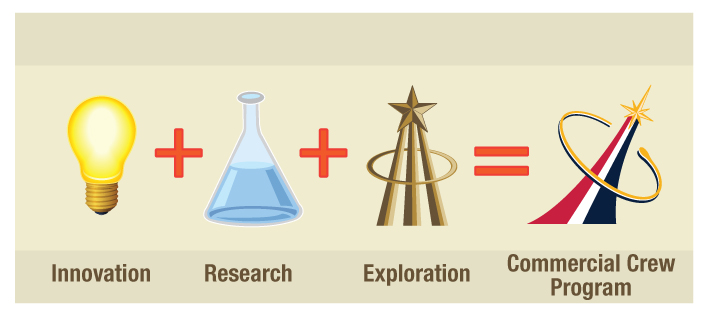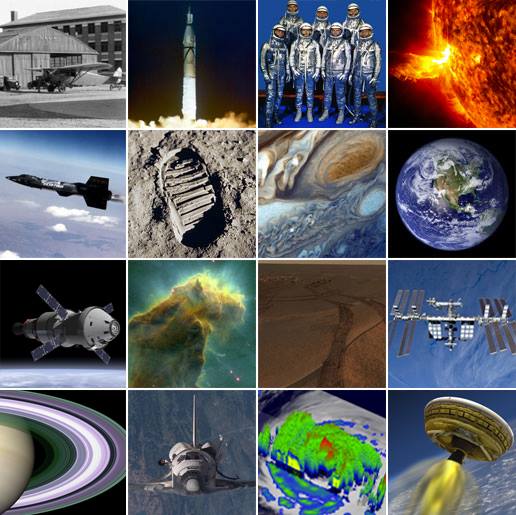On Sept. 16, NASA announced U.S. astronauts once again will travel to and from the International Space Station (ISS) from the United States on American spacecraft under groundbreaking contracts. The agency unveiled its selection of Boeing and SpaceX to transport U.S. crews to and from the space station using their CST-100 and Crew Dragon spacecraft, respectively, with a goal of ending the nation’s sole reliance on Russia in 2017.
On Sept. 26, Sierra Nevada Corporation filed a protest of the commercial crew contracts with the U.S. Government Accountability Office (GAO). Pursuant to the GAO protest, NASA instructed Boeing and SpaceX to suspend performance of the contracts.
On Oct. 9, under statutory authority available to it, NASA has decided to proceed with the Commercial Crew Transportation Capability (CCtCap) contracts awarded to The Boeing Company and Space Exploration Technologies Corp. notwithstanding the bid protest filed at the U.S. Government Accountability Office by Sierra Nevada Corporation. The agency recognizes that failure to provide the CCtCap transportation service as soon as possible poses risks to the International Space Station (ISS) crew, jeopardizes continued operation of the ISS, would delay meeting critical crew size requirements, and may result in the U.S. failing to perform the commitments it made in its international agreements. These considerations compelled NASA to use its statutory authority to avoid significant adverse consequences where contract performance remained suspended. NASA has determined that it best serves the United States to continue performance of the CCtCap contracts that will enable safe and reliable travel to and from the ISS from the United States on American spacecraft and end the nation’s sole reliance on Russia for such transportation.
 Researchers and engineers will discuss today the technological advances being tried out and perfected aboard the International Space Station during a forum that will be shown live on NASA TV beginning at 10 a.m. You can watch the hour-long event on TV or streaming here. The station’s capacity to host cutting-edge experiments is unparalleled and ranges from new ways to examine elements of Earth’s atmosphere using such investigations as RapidScat to the promising innovations of 3D printing.
Researchers and engineers will discuss today the technological advances being tried out and perfected aboard the International Space Station during a forum that will be shown live on NASA TV beginning at 10 a.m. You can watch the hour-long event on TV or streaming here. The station’s capacity to host cutting-edge experiments is unparalleled and ranges from new ways to examine elements of Earth’s atmosphere using such investigations as RapidScat to the promising innovations of 3D printing.






